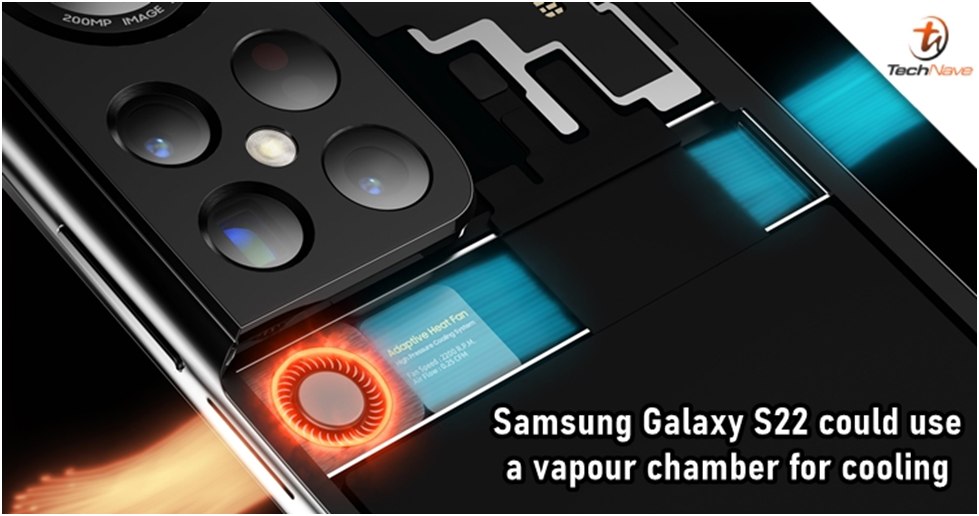The latest smartphone processors are capable of producing a lot of heat, which can cause the phone to slow down over time. That’s why manufacturers like Apple and Samsung are already starting to move away from traditional cooling methods in favor of liquid-cooling systems which use a thin film that does not take up much space inside the device.
Liquid cooling systems therefore enable manufacturers and developers to push the phones’ performance. But while there are benefits, liquid cooling could also introduce new risks.
On the Qualcomm Snapdragon 820 platform, for example, a temperature measuring chip is required that is installed in almost every smartphone manufactured nowadays since it measures the temperature of the processor. Such chips always seem to be at fault when problems arise.
Laminated films were designed to cool down heated processors without the need of cooling fans, which are noisy, adding to battery consumption and leading to the risk of overheating. Qualcomm has even said that this is a major concern.
However, there is still no solution for this problem and no safe way to dissipate heat from these chips. Maintenance becomes a major concern for smartphones, especially for those who use their phones for more than 24 hours a day, as a powerful processor is really important.
Liquid Cooling
The basic principles of liquid cooling in a smartphone works on a relay of connected pipes that work together at dispersing cooling liquid. The pre-installed pipework laid into the phone framework by the manufacturer will send cooling liquid, circulating round the handset.
Whenever there is heat in the phone, the pipe will absorb the excessive heat generated by the powerful processor where the liquid absorbs the heat and turns into vapor. This will lead to a safe and considerable drop in temperature for the device and help to increase the handsets lifespan.

Some devices like the Samsung Galaxy S22 Ultra already have cooling capabilities incorporated into it which helps to keep the device cold during overheating. When pushing the processing power, especially when playing games, the phone is likely to overheat in heavy use. They use Gel- TIM, a relatively new designed heat transfer technology designed to help absorb and distribute heat evenly in a more effective manner than the market has seen before. It is thermal paste which allows heat transfer 3.5 times more efficiently than other devices.
Intel has already announced its next generation Core processors that have built-in liquid cooling and will launch the first devices based on them next year.
The larger screen and more powerful chipset mean that future smartphones could become much cooler. No fan will be required to dissipate heat, but the smartphone will combine liquid cooling with a leading air-cooling system, which will help dissipate heat.
While phone manufacturers continue to try to find ways of implementing liquid cooling into smartphones, the process remains slow and difficult to achieve. There is no way to predict whether this trend will catch on for all new phones in the future.
For now, it’s important to remember that liquid cooling could increase the smartphone’s performance and longevity and at the same time make it more stable, which would make consumers more satisfied. If smartphones do not use liquid cooling, they will slow down considerably over the years. So this trend is going to continue for a while yet.
How did processors get so quick?
The first CPU (central processing unit) was made for IBM. This CPU could perform 60,000 instructions every second and ran at 1 MHz (1 million hertz). Today, we have CPUs that are several thousand times faster than the first one released.
So how did this happen? A famous Intel co-founder, Gordon E. Moore, came up with this theory back in 1965, which he published more formally in 1970 when he noticed that the number of transistors per square inch on integrated circuits had doubled every year since research into microelectronics began.
Gordon Moore co-founded Intel and is considered a pioneer of the microelectronics industry. He coined the term “Moore’s Law” in 1965 to explain how miniaturization produced a steady increase in the number of transistors on integrated circuits due to a reduction in cost and an increase in yield, with each successive halving of the process technology cost. According to his theory, the number of transistors per inch on integrated circuits doubles every two years.
Because so many transistors are packed onto such small chips on smartphones today, companies have to find ways to improve performance without more expensive processors and more expensive components.

